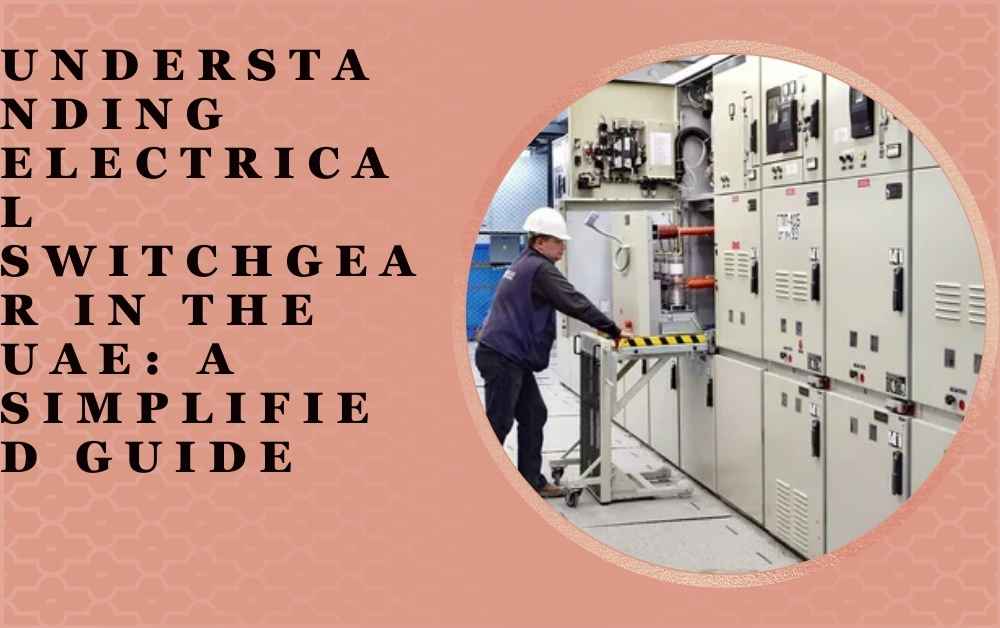Certainly, safety is of paramount importance when it comes to home elevators. Here are some key features to consider for enhancing safety in home elevators, as well as maintenance tips to ensure the elevator continues to operate safely:
Key Safety Features:
- Emergency Stop Button: A prominent emergency stop button inside the elevator cabin allows passengers to halt the elevator’s movement in case of an emergency.
- Door Interlocks: Door interlocks prevent the doors from opening unless the elevator is properly aligned with the floor. This prevents accidents where a gap between the floor and elevator can occur.
- Overload Protection: An overload sensor detects when the elevator is carrying excessive weight and prevents it from operating until the weight is reduced to a safe level.
- Emergency Communication: Install a communication device, such as an intercom or telephone, inside the elevator cabin so passengers can easily contact help in case of an emergency.
- Battery Backup: A battery backup system ensures that the elevator can safely return to the nearest floor in the event of a power outage, allowing passengers to exit.
- Safety Sensors: Safety sensors detect obstructions in the path of the closing doors or the moving elevator, causing them to stop and reverse direction to prevent accidents.
- Handrails and Grab Bars: Handrails and grab bars inside the elevator cabin provide additional support for passengers during the ride.

Maintenance Tips:
-
Regular Inspections:
Schedule regular inspections by trained technicians to ensure that all safety systems and components are functioning properly. Follow Manufacturer’s Recommendations: Adhere to the maintenance schedule and guidelines provided by the elevator manufacturer. This helps prevent potential issues and ensures the elevator’s continued safety. Keep the Interior Clear: Avoid storing items or clutter inside the elevator cabin. Obstructed pathways can interfere with safety sensors and proper door operation.
-
Test Emergency Systems:
- Regularly test emergency communication systems, battery backup, and emergency stop buttons to make sure they are working as intended.
-
Keep Doors Clean and Lubricated:
Clean and lubricate the elevator doors and mechanisms according to the manufacturer’s recommendations. Smooth door operation is crucial for safety.
-
Check for Wear and Tear:
Regularly inspect components such as door gaskets, rollers, and safety edges for signs of wear. Replace any worn parts promptly.
-
Educate Users:
Ensure that anyone using the elevator is familiar with its safety features and knows how to operate it properly. This includes knowing how to use the emergency stop button and communication device.
-
Address Issues Promptly:
If you notice any unusual noises, vibrations, or issues with the elevator’s operation, address them promptly by contacting a qualified technician.
-
Keep the Area Clear:
Keep the elevator shaft area clear of debris and obstacles. Objects around the shaft can interfere with the proper functioning of safety sensors.
-
Document Maintenance:
Maintain records of all maintenance and repairs performed on the elevator. This documentation can be useful for future reference and resale purposes.
Remember that home elevator safety is a shared responsibility. Regular maintenance, proper usage, and vigilance can go a long way in ensuring the safety of everyone who uses the elevator. If you have any concerns or questions about your Vacuum elevators safety, it’s best to consult with professionals who specialize in elevator maintenance and safety.
Pneumatic Vacuum Elevators
Residential environments commonly make use of pneumatic elevators. Because they are less expensive to install and maintain and take up less room, they are ideal for households with limited space. These elevators offer the best of both worlds in terms of usefulness and convenience and are safer than other lift kinds. Pneumatic vacuum lifts, in the opinion of the majority of Canadian designers and architects, are better suited for residential situations. Learn the fundamentals of this lift type before delving into the mechanics of how pneumatic vacuum elevators operate.
In a vacuum lift, the lift cab is raised to the appropriate floor using air pressure. They are more dependable and secure than traditional elevators. To provide the pneumatic system with enough air to complete the task, an air compressor is typically required. The compressor pulls air from the atmosphere and stores it in receiver tanks. They are disseminated throughout the entire system using valves and tubes. The force that an object feels as a result of the weight of the air molecules is known as air pressure. The cab cannot lift or fall if there is no air pressure.
The Operation of a Pneumatic Vacuum Elevator
Air suction valves in the pneumatic lift move the vertical cylinder and coaxial car up and down. The lift operates by creating an ascending push because there is a difference in atmospheric pressure between the top and bottom sides of the car. When the equipment is instructed to rise, strong pumps are used to lower the air pressure above the lift vehicle. The pressure under the car is pushing the lift vehicle upward during this time.
The car should be able to climb as long as the pressure above it is lower than the pressure below. When the vehicle arrives at its destination, the vacuum will work to balance the pressure, and the lift car will come to a stop when the pressure is balanced. When the automobile receives the signal to descend, the pump reduces the pressure beneath it, which causes the car to fall. The vacuum is produced with the help of an exhaust fan at the top of the lift. Fans or turbines at the top of the lift’s circular tube force air out of the tube, raising the cab.
No Need for a Hoistway, Machine Room, or Pre-Construction Pit.
This home lift is ideal for townhouses and other small locations where typical residential elevators wouldn’t work as a convenient and affordable alternative to using stairs.
The Elevator cylinder, the smallest of the three vacuum elevator variations, may fit through a 32-inch finished floor hole.
Instead of needing a large lift shaft, this standalone home lift sits on the existing ground floor and provides a magnificent panoramic view as you go between floors in your house.
You will experience cool, ambient temperatures as a cabin fan circulates the air inside and an LED light keeps the cabin lit during the ascent or descent.
More Blog: https://urweb.eu/




